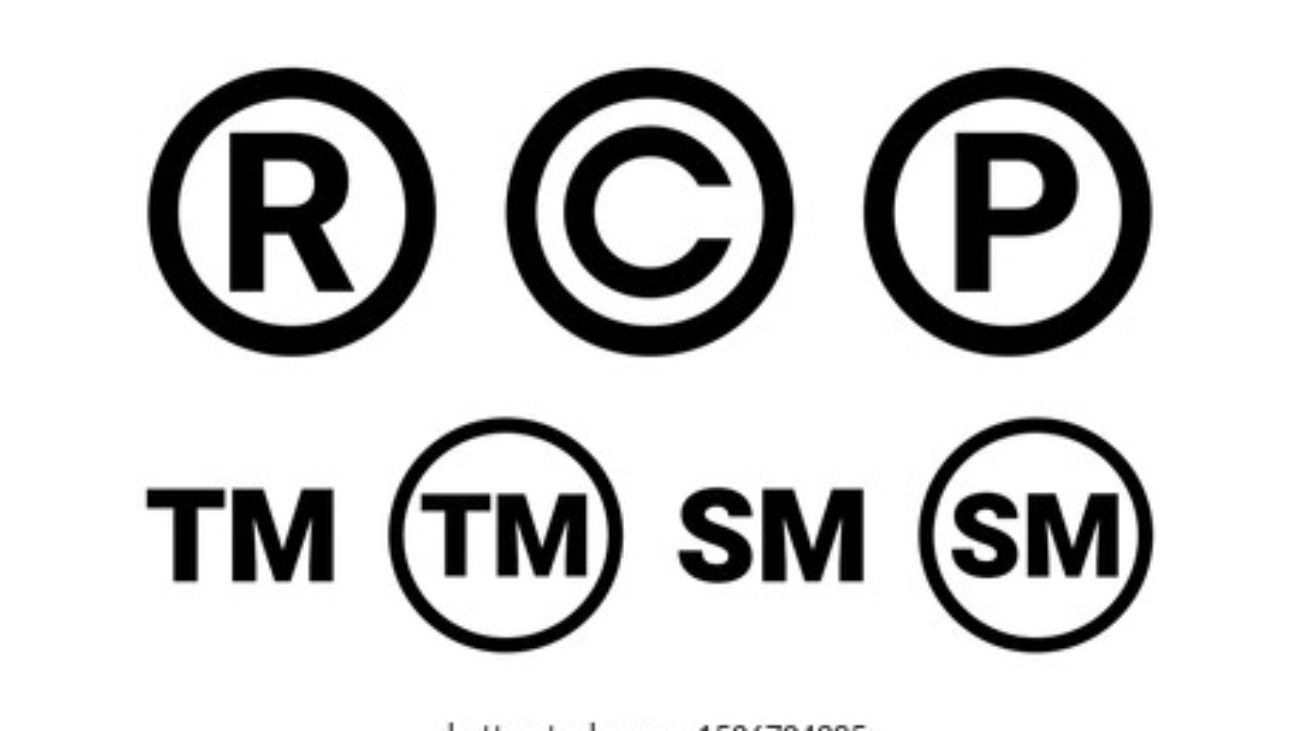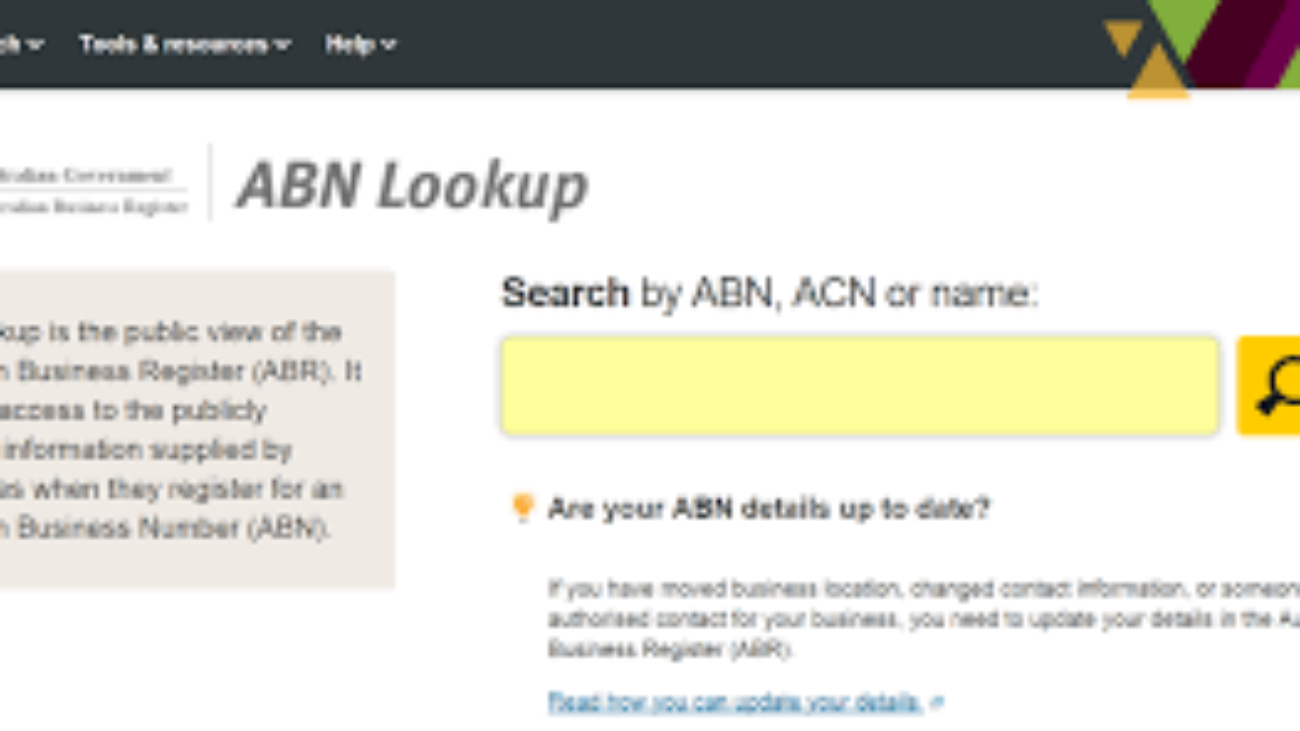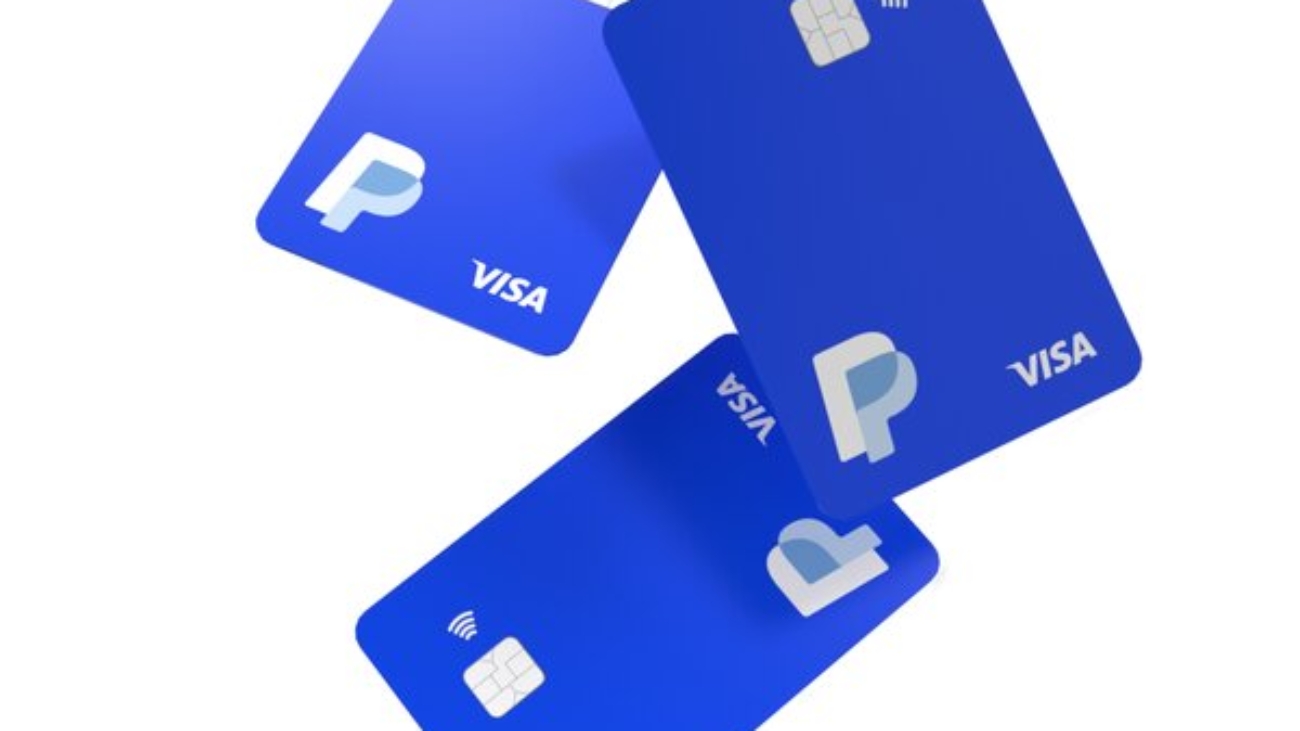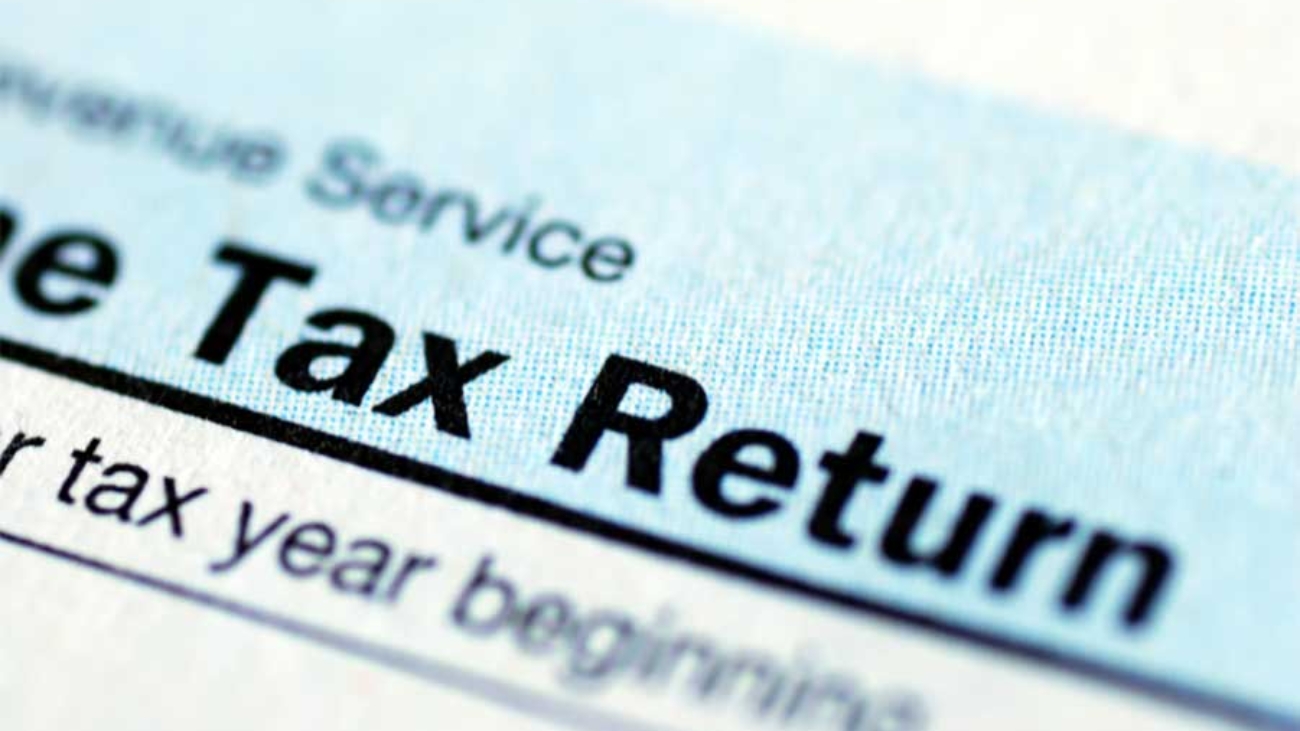Australian Retirement Income Policy aims to help older Australians have adequate income during their retirement. Australia’s ageing population also indicates the need for an income policy to guarantee income during retirement. This policy works based on the ‘Three Pillars‘ Approach’ that include:
- The social security age pension.
- The compulsory superannuation contribution by employer, or super guarantee.
- Additional saving and voluntary superannuation contribution.
Therefore, superannuation is a very important tool of financial planning to establish a well-financed retirement. It is important to understand that super is not an investment but it is a structure for holding assets. It is regulated and supervised by agencies such as APRA, ASIC, ATO and SCT.
There are three stages of superannuation:
- Contribution– when cash is being paid into superannuation funds for its members.
- Accumulation- when contribution are invested in different sectors by fund trustees for the benefit of the member.
- Benefit- when the benefit earned by the fund are paid to the member based on the fund rules.
Superannuation is very important and is one of the main techniques to grow wealth, whether an individual has just started a career or getting ready to retire. It is an individual’s money that has the potential to turn into significant savings by regular contribution and help pay for life in retirement.
Following are some of the reasons why it is important to save for retirement through super:
- People tend to live longer than last few decades and the standard of living has enhanced. Individuals do not really know how long they will live, so retirement can last long. Therefore, it is important to save enough funds that can cover the life after retirement.
- The amount received through Centrelink or age pension may not be sufficient to fund the retirement. In other words, this amount may not be enough to fund the lifestyle and other financial obligations an individuals might have. Furthermore, an individual may have plans to have holidays and enjoy life after years of work or may have other plans for retirement. Therefore, it is important that they have sufficient fund to cover all these costs.
- It is an effective way that helps to save money over the long term by having a tax benefit. Since super fund is taxed at 15%, with super the individual can benefit by a reduced tax rate which otherwise could be higher as an income tax. Furthermore, the funds are invested into various sectors which helps the balance to grow overtime. This can help individuals stay financially secure once retired.
- Some of the superannuation funds may have insurance covers that can provide individual with financial security. So, one does not have to worry about his financial obligations or his family members, if he/she encounters any event of death or disability.










